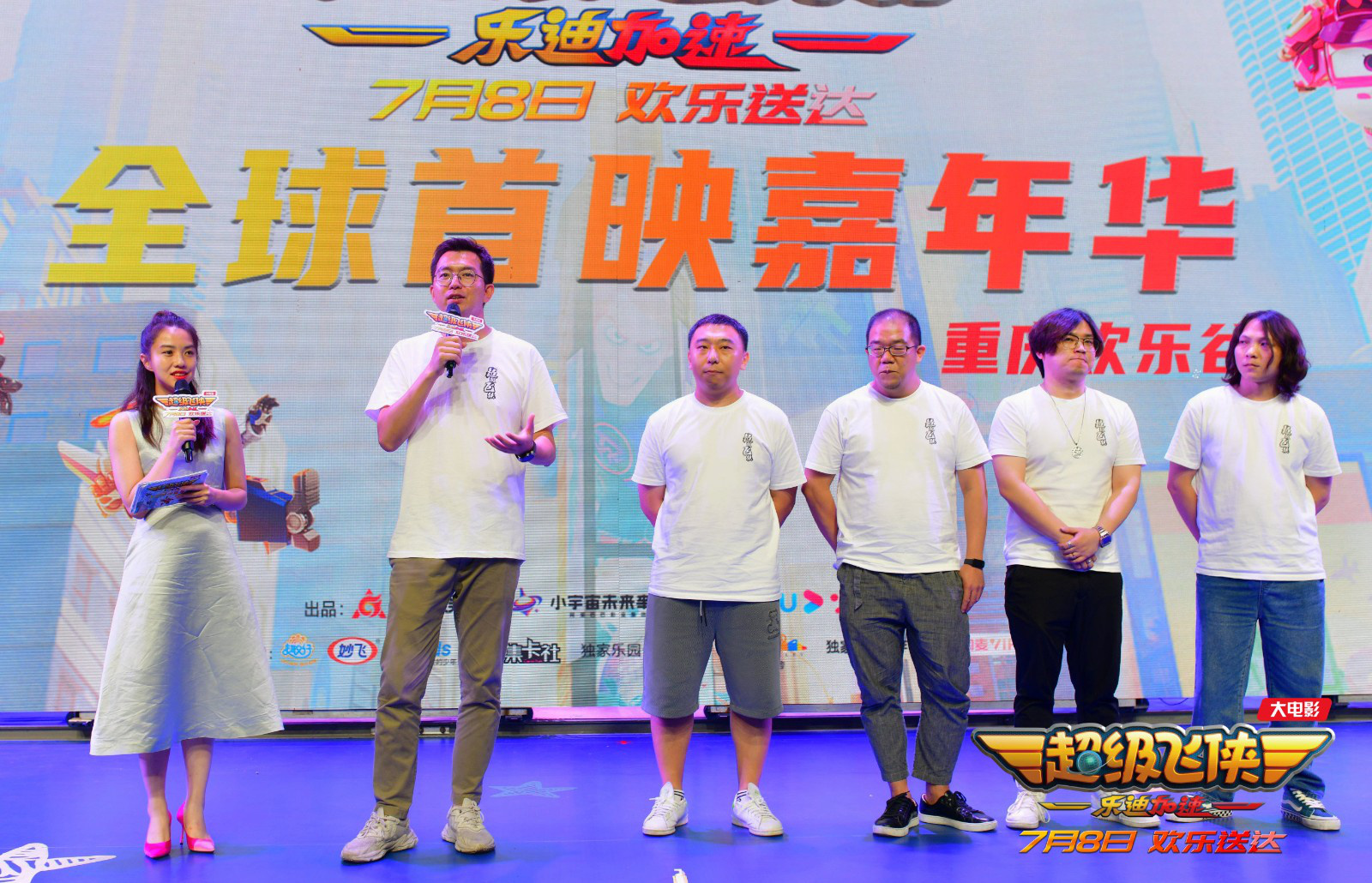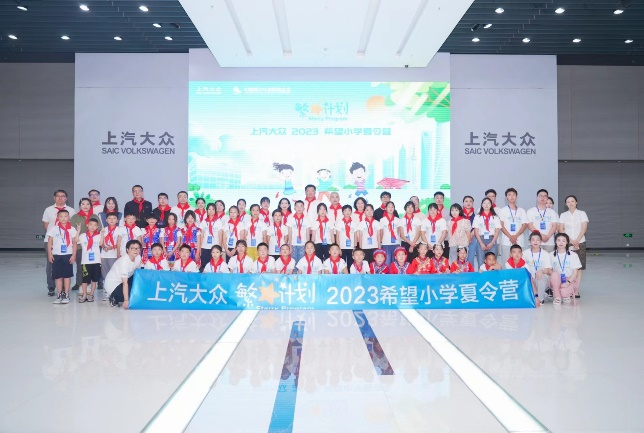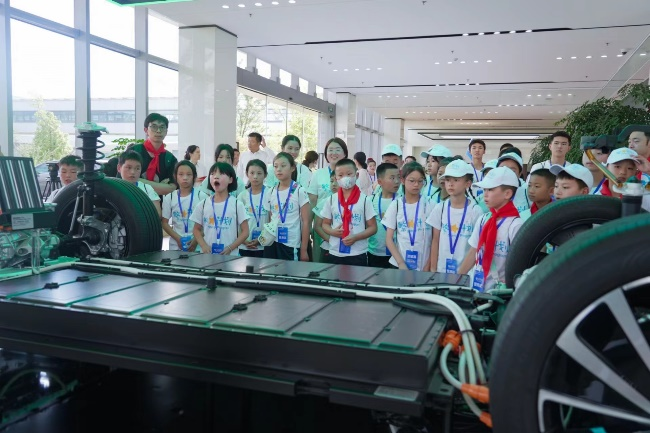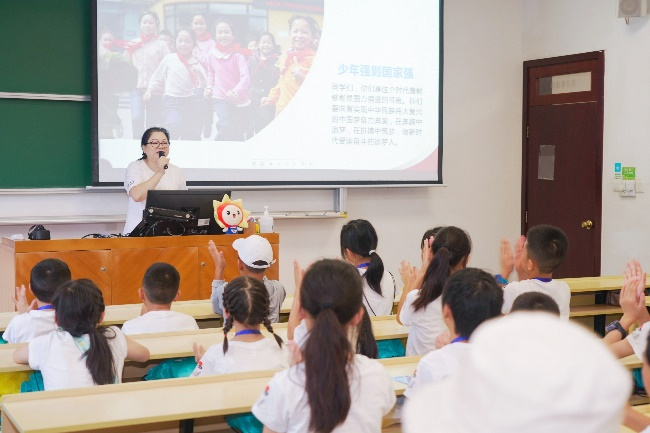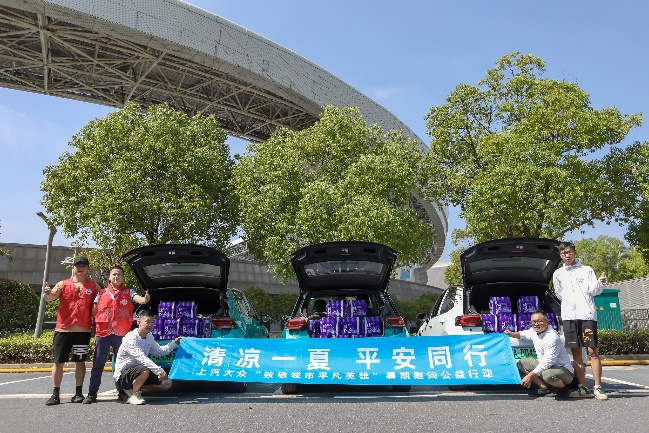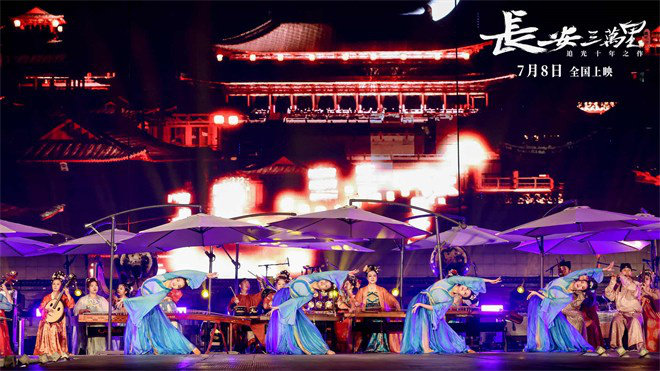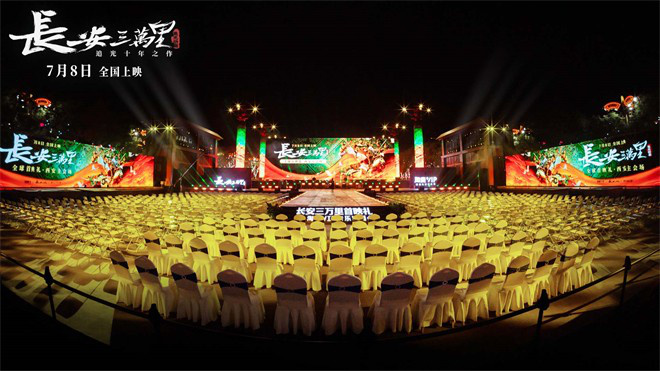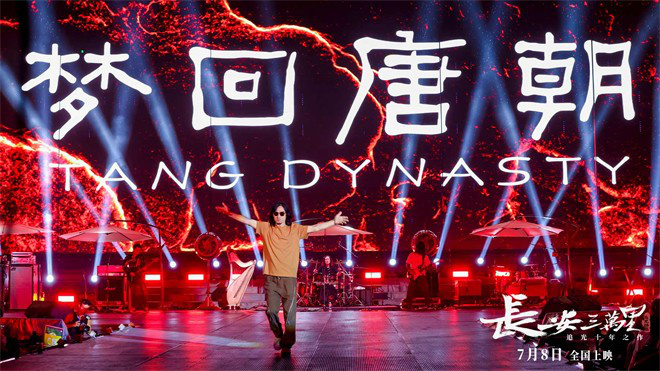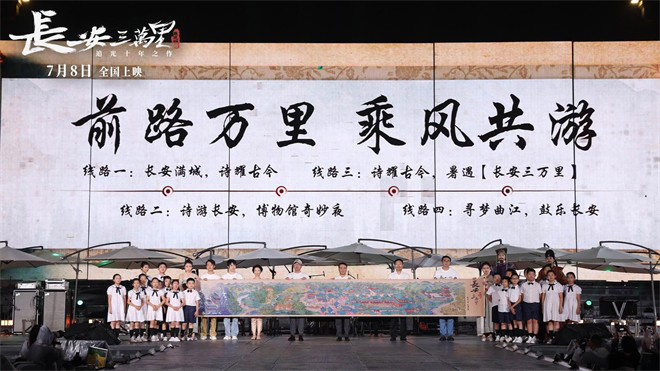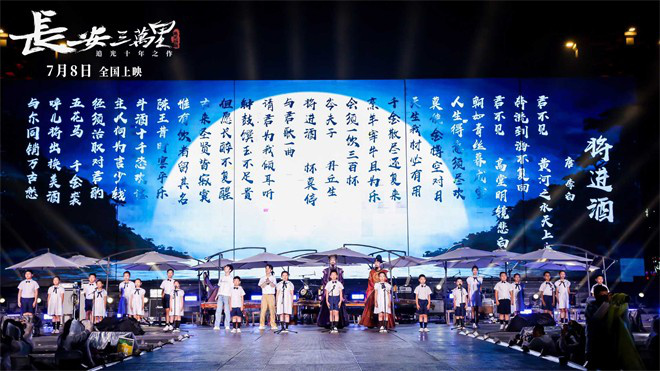This year’s PC market, graphics card, memory, SSD, etc. are all bleak, but it has become an era of explosive CPU update for many years. Intel changed the practice of toothpaste factory and released new products to cramp its hands.
With Intel’s emergency update of X299 motherboard layout in advance, AMD finally offered its own fever-level platform X399 series, and the name of CPU is called Threadripper. This is also the first time that AMD has launched a direct contraposition product since Intel X48 began to implement an independent fever platform.
In the end, whether AMD can really blossom and bear fruit for many years, let’s actually test it.

Product specification introduction:
AMD’s newly released Ryzen ThreadRipper CPU has a very long name. For the convenience of expression, the article will start with TR4, and thread ripper will not be written, because the interface name of the new platform is TR4. The highest-end product model in TR4 series is 1950X, with 16 cores and 32 threads, and the frequency is 3.4~4.0GHz.
This specification is obviously higher than Intel’s existing i9-7900X. Before Intel releases 7980XE, it is obvious that 1950X will temporarily sit on the throne of consumer-grade king.
There will be at least two models below 1950X, 1920X(12 cores and 24 threads) and 1900X(8 cores and 16 threads).
This time, i9-7900X, i7-6950X, i7-7700K and R7 1800X are used for comparison, which are taken from the highest models of the fever and mainstream platforms of both parties.

Product packaging and accessories:
The package of 1950X can be said to be the most luxurious CPU package in history, which looks a bit like an old-fashioned TV set.

Compared with Intel’s ancestral cartons, the packaging of TR4 is much better in both material and size.


There is a paper tape on the side of the package, and the tutorial of CPU removal can be seen on the back of the tape.

The package body is divided into three parts,Upper cover, lower cover (for placing accessories) and CPU compartment. This thick bubble is in line with our national conditions.

There will be a small storage space in the lower cover, which contains two important accessories of CPU.

There are three main CPU accessories.Instructions, installation of screwdriver, integrated water-cooled fastener.

The CPU base on the motherboard needs to be disassembled with a Torx screwdriver. Although the standard Torx screw is used, it is a bit special, so the CPU will come with a screwdriver.
The radiator hole position of X399 motherboard is different from that of any previous platform, so a customized radiator fastener is needed. In view of the fact that the air-cooled fastener is not following up quickly now, AMD provides a universal integrated water-cooled fastener.
This fastener comes from the main foundry of integrated water cooling, Asetek, which can bring a large compatible coverage. As long as it is the circular water cooling head scheme manufactured by Asetek, it is basically compatible. There is a huge knob at the back of the CPU compartment. You can see the CPU body by twisting it.

The CPU is placed in the middle of the whole package, which is well protected. Take down the steel wire buckle and the plastic cover at the top, and you can take out the CPU.
It should be noted that,The orange bracket fastened to the CPU does not need to be disassembled, and it will be used when installing the CPU later.
Introduction of CPU ontology:
Next, introduce the CPU ontology. From the appearance, this 1950X is similar to AMD server-level Opteron series.


It is said that 1950X is very big, and how big it is can be intuitively compared from the picture.The figures are 1950X, 6950X, 1800X and 7700K respectively. In terms of size, 1950X is really much larger.

By comparison with the hands of the Queen, this CPU is almost as big as the palm of your hand.

From the disassembly diagram, we can know why the 1950X is so big.It is based on the 32-core CPU of the server, so it will keep the configuration of four wafers. Each wafer is equivalent to one 1800X.
But in fact, only two of them will be enabled in 1950X, and the other two are only used to balance electrical performance and do not participate in calculation.

Seen from the back, the number of pins in 1950X is also exaggerated.

Compared with AMD consumer products in the past, the 1950X also uses the same LGA design as Intel. The CPU pins are left to the motherboard, and the security of the CPU is greatly improved.

CPU installation tutorial:
The CPU installation of TR4 is somewhat complicated and different from the previous ones, so it is necessary to introduce it.
There are three Torx screws on the CPU base, which are labeled 1 (right), 2 (bottom left) and 3 (top left) respectively. The sequence of disassembly is 3, 2 and 1.

The first floor cover will be lifted by itself, and then the two blue buckles will be pulled up to pull up the lower floor.

Take out the protective cover on the second floor.

Remove the lowest protective cover, and be careful not to touch the CPU pins on the motherboard.

Replace the transparent protective cover in the second layer with CPU and close it. At this point, the CPU has been temporarily fixed.

Finally, tighten all three screws in the order of 1, 2 and 3.
There are two points to note:
1. The cover plate on the second floor can only temporarily fix the CPU, and the CPU can be fixed by the first metal cover plate to fit the base correctly. Therefore, if the three screws are not tightened, it may lead to poor contact of the CPU and problems.
2. In the process of tightening screws, the top cover plate will move slightly, which will affect the fixation of other screws. Therefore, it is recommended to tighten the screws only a little at the beginning, and then tighten the screws after all three screws have entered the screw teeth.

X399 motherboard platform introduction:
Next, through a X399 motherboard to briefly introduce the characteristics and differences of TR4 motherboard platform. The motherboard used this time is ROG ZENITH EXTREME.

First, take a disassembly diagram of the motherboard. From the disassembly diagram, you can clearly feel that this generation of X399, the motherboard manufacturers attach great importance to it, and the products are very flagship.

The motherboard adopts LGA design, and the number of CPU pins reaches 4094. The server code is SP3, and the consumer code is TR4.

The power supply of CPU is 8-phase, and the digital power supply scheme of IR is adopted, which is a top match.

Due to the shortage of space in the power supply part of the motherboard, all the output capacitors for power supply are placed on the back of the motherboard and replaced by polymer capacitors.

The CPU SOC power supply is placed under the graphics card slot, and the power supply materials are worse, just ordinary DrMOS.

The external power supply of CPU is double 8PIN, which will be helpful for overclocking people.

Like X299, the memory slot has eight four channels, and finally it has a high-end appearance.

There are two phases on each side of the memory power supply, which is relatively weak in materials, and the MOS configuration is adopted.

This time, X399 mostly adopts the slot configuration of four-card crossfire, and there will be at least four graphics card slots on the motherboard.

The motherboard chipset is packaged in Taiwan Province, which feels much higher than Intel’s bare wafer.

The rear window interface of the motherboard is relatively conventional. In addition to the USB 3.0 interface, there are a set of A+C USB 3.1 interfaces and three-band wireless WIFI.

In terms of disk interface, the motherboard provides six SATA and one U.2.

M.2 motherboard can support three, one is under the south bridge heat sink, which can dissipate heat through the south bridge heat sink. The other two are on the adapter card on the outside of the motherboard. This is a characteristic design of ROG, which uses standard parts of memory slots to transfer two M.2 slots.


The motherboard also provides a front USB 3.1 socket, which can transfer the TYPE-C on the front of the chassis, although I don’t think it is useful to use TYPE-C on the PC.

The motherboard audio system adopts ALC1220+ESS 9018 scheme, which is the general scheme of the flagship motherboard at present.

The motherboard also provides the clock chip of ICS, which can help to adjust the frequency when overclocking.

Product test platform:
The following is a detailed configuration table of the test platform, mainly comparing the following six models.

X399 test platform uses ZENITH EXTREME from ROG, which is also the most expensive X399 motherboard at present.

Is the actual measurement of X299 platform or X299 AROUS-GAMING 7?

AM4 is B350 in the mainstream direction. Because XFR is not supported, the test result will be slightly lower than that on X370, basically within 2%, depending on the improvement range of XFR.

The test motherboard of Intel 115X uses Z270-Phoenix GAMING.

The memory is DDR4 8G*4 of the pirate ship. The actual operating frequency is 2133C15.

The graphics card is made of sapphire’s 480 8G ultra-white gold. VEGA is finally released, and this 480 can be retired.

SSD is three pieces of Intel, and the system disk uses the mainstream 535 to ensure that the test is closer to the average user. 240G is used as the system disk, and 480G*2 is mainly used to play test games. There are more and more games, so you can only add SSD.

In order to test the PCI-E efficiency of the chipset later, 750 400G is also used here.

Product performance test:
Simple evaluation conclusion:
Because there are many miscellaneous test items, in order to avoid dizziness, first of all, provide the refined version of the test conclusion:
-On average, the comprehensive performance of CPU is 1950X higher than 7900X by nearly 20%, but the specification of 32 threads has obviously exceeded the limit of many test software.
The advantages of-1950x this time are more reflected in the theoretical performance test and system bandwidth.
-In terms of game performance, because the internal bus structure of 1950X is relatively complex, game optimization is still relatively lacking, obviously a little weaker.
-The performance of power consumption is more interesting, and the chart counts all kinds of situations from standby to full load. Decomposed, the 1950X consumes a lot of power when it is in standby, but the power consumption of fully loaded roaster is obviously lower than 7900X, so the result of pulling both sides is only slightly lower than 7900X.

Actual running state test of CPU:
The maximum turbo frequency of 1950X can reach 4.15G under the condition of single-core operation. The higher turbo frequency than the benchmark is mainly due to the support of XFR technology. The frequency can reach 3.65G in the case of multithreading. The frequency will be higher than the current 1800X x.
Introduction of performance test items:
For children’s shoes interested in further understanding the comparative performance, detailed test data will be provided here.
The test will be roughly divided into the following parts: CPU performance test: including system bandwidth, CPU theoretical performance, CPU benchmark test software, CPU rendering test software and 3DMARK physical score.
With stand-alone test: including stand-alone benchmark test software, stand-alone game test and stand-alone professional software benchmark.
Power consumption test: power consumption is measured under the single display platform.
The amount of data in this article is violent. If you feel dizzy, take your time. You always have to pay a price to know the truth. If it doesn’t matter, just don’t complain when you are trapped.



Performance test and analysis of CPU;
System bandwidth test. On the memory bandwidth, memory bandwidth in 1950X is close to 7900X. 1950X L1 is about 25% weaker than 7900X in cache, while L2 and L3 have obvious advantages, especially L3. This should also be related to the CPU architecture. 7900X modified the bus architecture, attaching importance to L1 and weakening L2 and L3.

The theoretical performance test of CPU is carried out with the built-in tools of AIDA64, which can test the basic performance of many CPUs. The overall test situation of 1950X is good, which is about 25% higher than that of 7900X.

CPU performance test mainly tests some commonly used CPU benchmark software, and also includes some application software and CPU test items in the game.
The score of 1950X is between 7900X and 6950X, and the gap between them is just 3%.
1950X also encountered a similar problem with 7900X. It is difficult for the existing test software to really measure the performance of CPU, and the inclusion of more single-threaded test items also aggravated the disadvantage of 1950X in this major project.

CPU rendering test, which tests the rendering ability of CPU.
Three versions of CineBench tested that the multithreading performance of 1950X was 107%, 118% and 136% of that of 7900X, respectively. Promotion is still exaggerated. However, OPENGL and single-threaded testing will be added to the final statistics, which are obviously not dominant in RYZEN, so 1950X will be weaker than 7900X in this big item.

The 3D physical performance test measures the physical scores in the 3DMARK test, which are mainly related to the CPU.
In this part, 6950X, 7900X and 1950X in 3DMARK 11 are basically the same, indicating that this test can no longer reflect the difference of CPU in this position. The test above SKY in 3DMARK can still reflect the differences between these three models. However, compared with the mainstream 7700K and 1800X, the gap is not obvious enough.

CPU performance test section comparison section:
According to the comprehensive statistics of CPU, the most advantages of 1950X are system bandwidth and theoretical performance test.

In fact, there is still a more tangled problem, that is, single thread and multi-thread, which has also been decomposed here.
Single thread: 1950X benefits from the higher XFR frequency, so the performance of single thread is slightly better than that of 1800X, but it is obviously weaker than that of Intel.
Multithreading: Multithreading test is significantly stronger than 1950X. The CPU that participated in this test discharged a relatively smooth gradient.

Disk performance test:
The disk test part uses CrystalDiskMark 5,1g data file to run 9 times, which can basically eliminate the test error. The tested SSDs are 535 480G and 750 400G, both of which are hung from the disk.
Simply explain the concept in this test, SATA interface and PCI-E channel can be drawn from CPU or chipset (see how CPU manufacturers design). Therefore, in the test here, we will try our best to test all kinds of interfaces. N
I have tested VMe on the X4 short slot broken on the motherboard, which is the slot led by the chipset. From the speed point of view, X399 chipset still provides PCI-E 2.0. However, the CPU provides a large number of PCI-E channels this time, so there will be no problem.

Judging from the test results, it is similar to the previous situation.There is no obvious difference in SATA test, and there is still a difference of about 15% in NVMe test.

With the unique display test (graphics driver is 16.12.2):
Unique 3D benchmark, mainly running some benchmark software, 1950X is between 7900X and 6950X, but the difference between them is less than 5%.

Unique 3D game test, the table will classify DX9~DX12 games of different generations, which will be more clear. In order to ensure the consistency of the test, the driver of 16.12.2 is still used.

Because the performance of 480 is more mainstream, the performance difference between CPUs is quite small. Decomposed into each generation, the disadvantage on DX9 is the most obvious, and it will be narrowed on DX11, and there is little difference among CPU on DX12. If it is turned on

Unique professional software benchmark test, the professional software part is based on SPEC viewperf 12, which is a professional operation test for graphics cards, and this software has internal delay to CPU.

With a separate test section:
Judging from the test results, SPEC viewperf 12 seems to be sensitive to CPU latency, with a low score of 1950X. The game performance of the 1950X is as poor as that of the X299 CPU.

Platform power consumption test:
The power consumption test of 1950X is more interesting. The power consumption of 1950X is higher under low load conditions such as standby and high-definition playback, but it is obviously lower than 7900X when the CPU is baking.

Finally, the last horizontal comparison table is for your reference.
The performance part only compares the test items related to CPU, and does not include the results of the game performance test. The reason for the small difference in power consumption test is that it includes daily use tests such as standby, Blu-ray video and game test, so it is more appropriate to regard it as daily use power consumption.

Simple summary:
About the performance of CPU:
At present, 1950X has won the performance throne of consumer grade. It’s not easy for a small company like AMD, but similar to Intel 7800X whose game performance was almost destroyed by 1600, the game performance of 1950X is not good, so it is relatively more suitable for the use environment of workstations.
About the power consumption of CPU:
In terms of power consumption, the 1950X is still much better than the 7900X, and the full-load power consumption will be lower than the 7900X, but the standby power consumption of the 1950X is on the high side, so it is still necessary to make optimization.
Some suggestions on the use of CPU:
As mentioned earlier, the overall architecture of 1950X has changed a lot, so here we briefly summarize some suggestions from three aspects of heat dissipation and power supply.
The first is the heat dissipation part, because the radiator hole spacing is special, so only a small number of CPU radiators are supported for the time being. Therefore, at present, the integrated water cooling matching with the CPU’s own fastener is still the best choice. For details, you can see the radiator support list in the final appendix of the evaluation.
Secondly, the power supply part, although the full-load power consumption of 1950X will be lower than 7900X, it is recommended to be as conservative as possible. Be sure to use the power supply of wire 16AWG, the power supply of 18AWG or dummy wire should be prone to problems, and you should carefully choose the wire and terminal for your own winding. Secondly, the power supply supporting dual 8-8PIN CPU should be preferred.
Generally speaking, although Intel has confirmed that i9-7980XE will be released before the end of the month, so that AMD can’t have a good time, it is a milestone event for AMD. This means that AMD CPU has returned to the competitive sequence with Intel in the whole product line, and I believe that Intel will not dare to toothpaste again in the short term.
Young man, I heard that you haven’t used Ruilong yet?

Attached is the currently known TR4 CPU radiator compatibility list:
Integrated water cooling (using the buckle attached to CPU):
Arctic:
Arctic Liquid Freezer 120
Arctic Liquid Freezer 240 Arctic Liquid Freezer 360
Pirate ship:
Corsair Hydro Series H115i Corsair Hydro Series H110i v2 Corsair Hydro Series H105 Corsair Hydro Series H80i v2
Cryorig:
Cryorig A80 Cryorig A40 Ultimate Cryorig A40
EVGA:
EVGA CLC 280
NZXT:
NZXT Kraken X62 NZXT Kraken X61 NZXT Kraken X52
Tt:
Thermaltake Riing 3.0 RGB 360 Thermaltake Riing 3.0 RGB 240 Thermaltake Water 3.0 Ultimate Thermaltake Water 3.0 Extreme
Other radiators (radiator comes with fasteners):
Arctic:
Arctic Freezer 33
Cool supreme:
Cooler Master Hyper 212 EVO
EKWB:
EKWB Waterbolck for DIY loops EKWB CLC
An Naimei:
Enermax Liqtech TR4 360 Enermax Liqtech TR4 240
Owl:
Noctua NH-U14S TR4-SP3(air) Noctua NH-U12S TR4-SP3(air) Noctua NH-U9 TR4-SP3(air)
















